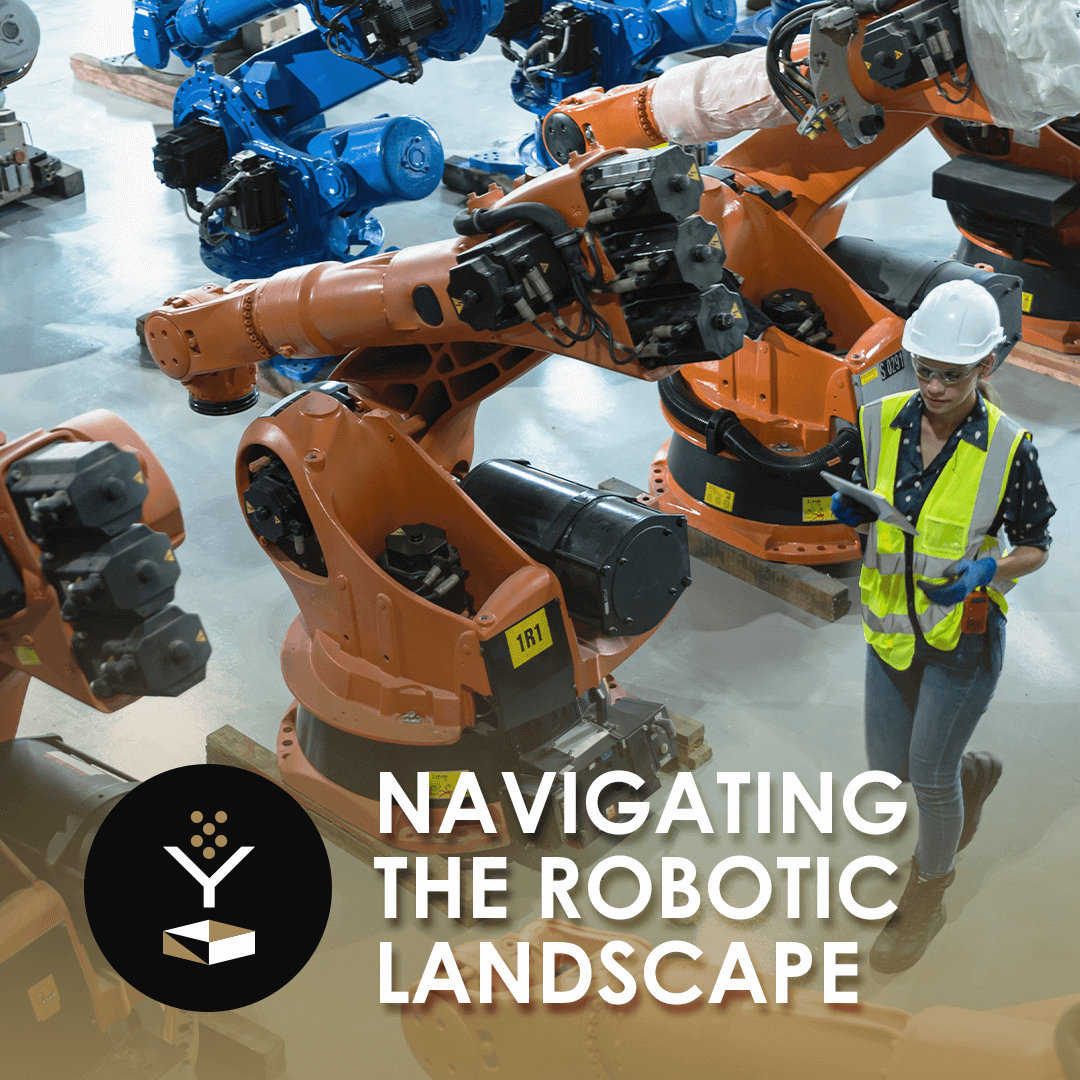Navigating the Robotic Landscape: A Comprehensive Guide to Parameters in Industrial Packaging Robotics
Introduction:
In the ever-evolving landscape of packaging machinery, Yeaman Packaging Systems stands out for its meticulous attention to detail, especially in the integration of robotic automation. From handling delicate products like single muffins to efficiently loading trays with over 300 lbs of pastries, Yeaman's robotic solutions cater to a diverse range of packaging needs. This blog post aims to shed light on the importance of understanding the technical parameters of industrial robots and helping managers and engineers make informed decisions when investing in robotic equipment for their packaging lines.

Applications of Robotics in Packaging: Beyond the Basics
Product Collation:
- In our packaging lines, compact robots can be used to precisely arrange various products like individual muffins, candy bars, pouches or bottles into cartons or trays, showcasing great precision when packaging fragile items. Robots are great helpers when items should be grouped, arranged, and packed in a specific pattern.
Palletizing:
- Larger scale robots, with payloads exceeding 300 lbs, efficiently stack and palletize products, placing the tier sheet between layers when necessary.
Feeding Products to Machines:
- Robots can also excel in the critical task of supplying products consistently to packaging machines, ensuring a seamless flow in the production line. They offer precision when transferring products from one line to the other and are great for most types of product handling.
Loading into Packages:
- Whether it's a single muffin or an assortment of bars, pouches, fragile electronics or bags of flour, robots integrated into the Yeaman packaging line can handle the intricate task of loading products into packages with precision and care.
Technical Parameters and Considerations for Packaging Robotics:
Understanding the technical parameters is paramount in selecting robotics solutions that align with the unique demands of the packaging industry, particularly in the areas of understanding pack patterns, placement sources, and line tracking:
Understanding Pack Patterns:
- Yeaman utilizes robots that are equipped with advanced algorithms and vision systems to comprehend and adapt to various pack patterns, ensuring efficiency in collation and packaging processes.
Placement Source:
- Whether placing products into cartons or cases, we make sure to use advanced robots designed to understand and recognize diverse placement sources, contributing to a versatile and adaptable packaging system.
How do we choose the right robot for your packaging line?
We use robots from renowned manufacturers, paying attention to the following parameters, so we are sure that the robot we are about to integrate into a packaging line is the right robot for the job.
Number of Axes or Degrees of Freedom:
- Two axes suffice for reaching any point in a plane, while three axes are essential for navigating three-dimensional space.
- Yaw, pitch, and roll axes provide control over the orientation of the robot's end-of-arm tool, balancing the trade-offs between accuracy, speed, and cost.
Working Envelope:
- Describes the region of space a robot can reach, influencing the overall flexibility and applicability of the robotic system.
Kinematics:
Determines how rigid parts and joints in the robot are assembled, classifying robots into articulated, Cartesian, parallel, and SCARA categories.
Carrying Capacity or Payload:
Indicates the maximum weight a robot can lift, critical for handling products of various sizes and weights.
Speed and Acceleration:
Speed pertains to how fast the robot can position its arm, while acceleration measures how quickly an axis can accelerate.
Factors such as distance, movement pattern, and payload affect acceleration, influencing the throughput of the robotic system. Product properties like stability, rigidity, fragility and consistency also must be taken into account when determining system speed and acceleration, as some products might get damaged if they are handled too fast.
All of the above will affect the cycle time - duration required for a robot to complete a single operational cycle, encompassing tasks such as picking, packing, and sealing.
Accuracy and Repeatability:
Accuracy measures how closely a robot reaches a specified position, while repeatability gauges how well the robot returns to a programmed position.
Repeatability is crucial for consistency, varying across different parts of the working envelope, speeds, and payloads.
Motion Control:
Determines the level of control required for specific tasks, ranging from simple pick-and-place to more complex applications.
Power Source and Drive:
Electric motors and hydraulic actuators serve as power sources, each offering unique advantages.
The drive mechanism, whether through gears or direct drive, impacts backlash and overall performance.
Compliance:
Reflects the angle or distance at which a robot axis will move when a force is applied, influencing the robot's behavior under varying payloads.
Conclusion:
Investing in robotic packaging equipment is a strategic decision that requires a deep understanding of technical parameters. Yeaman Packaging Systems' commitment to educating clients aligns with the belief that informed decisions lead to efficient and successful robotic integrations. By grasping the intricacies of industrial robot parameters, managers and engineers can confidently choose the right robotic solutions for their packaging needs, ushering in a new era of efficiency and productivity in the packaging industry.


